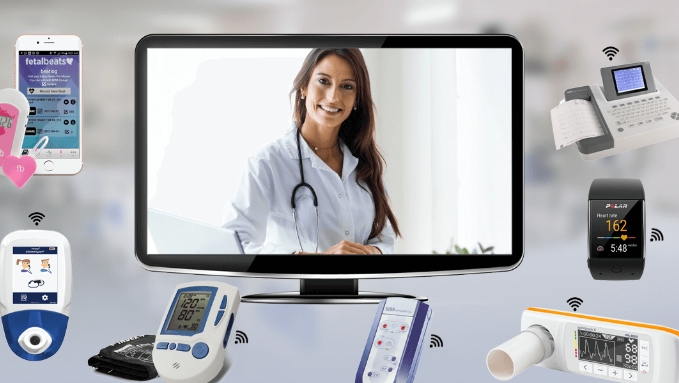The future of healthcare is rapidly evolving with the rise of remote patient monitoring devices. These devices are changing the way patients receive care and are revolutionizing the way healthcare professionals track and manage patient health.
Improved Patient Engagement
Remote patient monitoring devices allow patients to take control of their health by monitoring their own vital signs and symptoms from the comfort of their own homes. This increased autonomy can lead to greater patient engagement in their health and healthcare decisions.
Timely and Efficient Care
With remote patient monitoring devices, healthcare professionals can track patient health in real-time and provide timely interventions. This can lead to more efficient care and improved health outcomes for patients.
Reduced Healthcare Costs
By monitoring patients remotely, healthcare professionals can reduce the number of in-person visits and hospitalizations, leading to cost savings for both patients and healthcare providers.
Enhanced Data Collection and Analysis
Remote patient monitoring devices collect a wealth of data on patient health, which can be analyzed to identify trends and patterns. This data can help healthcare professionals make more informed decisions about patient care and treatment plans.
Improved Patient Outcomes
By enabling more proactive and personalized care, remote patient monitoring devices have the potential to improve patient outcomes and quality of life. Patients may experience better management of chronic conditions and faster recovery from acute illnesses.
Challenges and Opportunities
While remote patient monitoring devices offer many benefits, there are also challenges to consider, such as data security and privacy concerns. Healthcare providers must ensure that patient data is protected and used responsibly.
Overall, the rise of remote patient monitoring devices represents a significant shift in the healthcare industry towards more personalized and connected care. With continued advancements in technology and increased adoption of these devices, the future of healthcare looks promising for both patients and healthcare providers.

